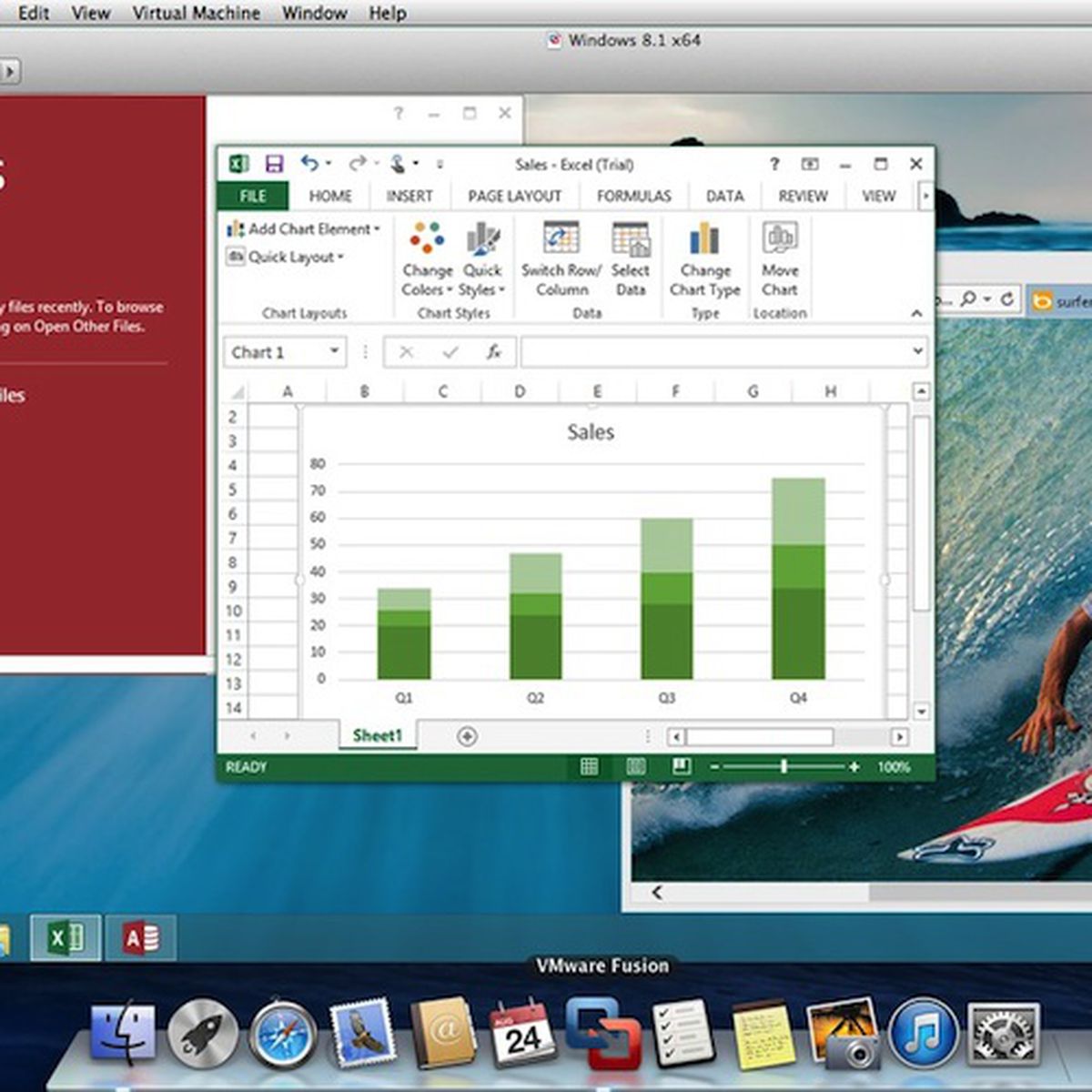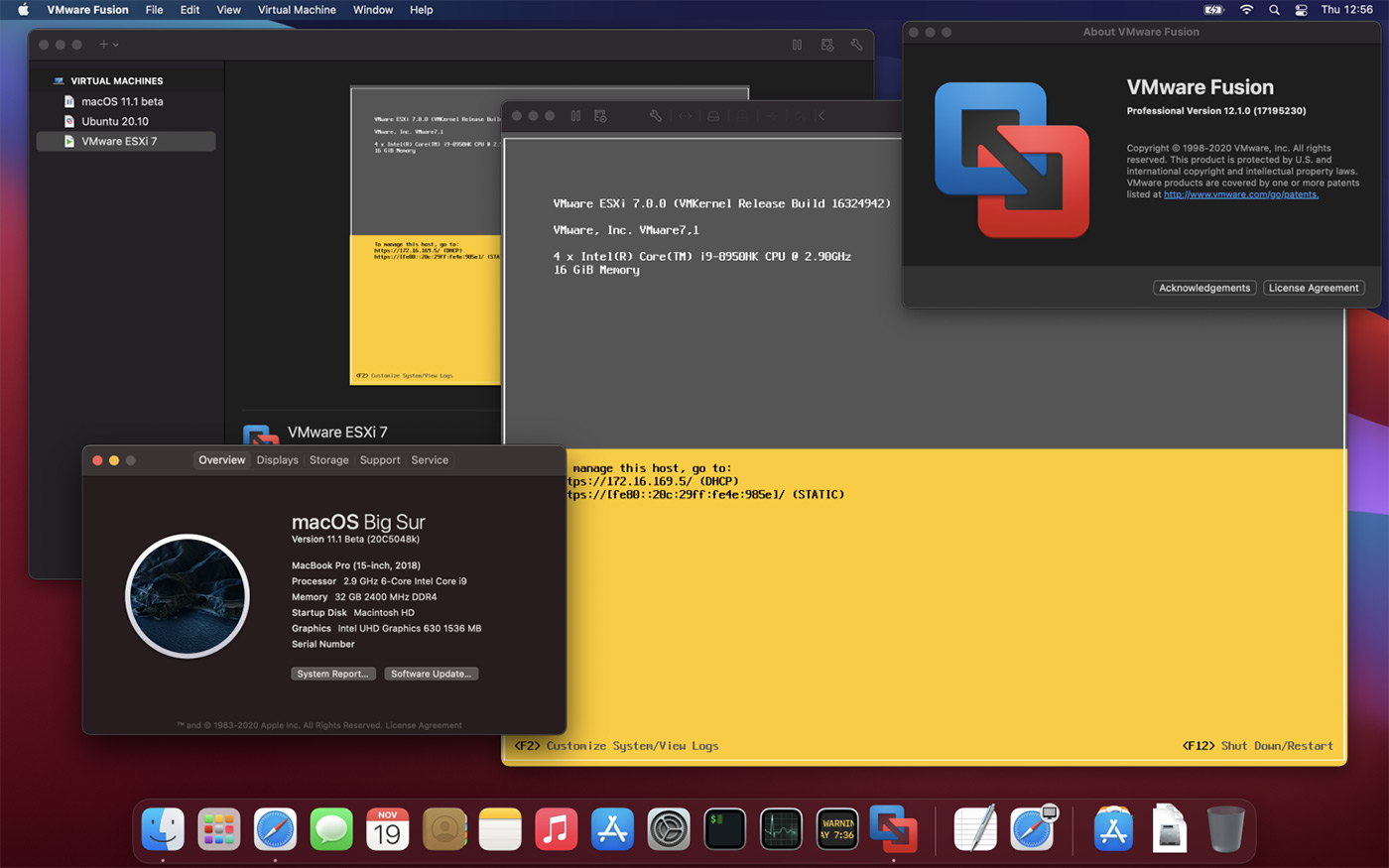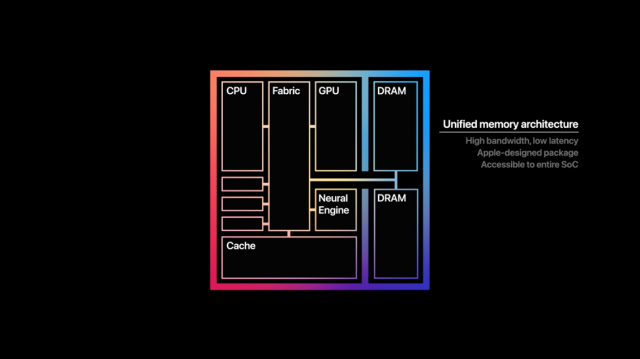Apple’s “one more thing” event on November 10, 2020, revealed the first Mac computers powered by the Apple M1 chip.

Currently you cannot run VMWare on Macs with Apple’s M1 chip. However, VMWare has announced that they are actively working on updating VMWare Fusion for Apple’s M1 but they cannot yet provide a timeline for when that will be. It is also unclear what exactly it will be. Apple’s “one more thing” event on November 10, 2020, revealed the first Mac computers powered by the Apple M1 chip. Parallels is excited to see the performance, power efficiency, and virtualization features that are brought to the Mac with the Apple M1 chip.

- This MacBook Pro has VMware fusion with the Windows apps. Thing is, this new M1 has so much power it's not unexpected. Of course, a different solution would be better, but that Crossover at 7fps.
- TL;DR – Big Sur update issues, VMWare Fusion / Parallels issues on an M1, Office 365 is still terrible on a Mac. This particular client wanted a Mac running Windows 10 apps, which was what his old Mac was doing just fine (except that his SSD is dying, something’s wrong with the screen, the keyboard is worn out, I think there’s a power.
Parallels is excited to see the performance, power efficiency, and virtualization features that are brought to the Mac with the Apple M1 chip. The transition to Mac with the M1 chip should be smooth for most Mac applications, thanks to Rosetta technology. Fortunately, Parallels Access™, Parallels® Toolbox, and Parallels® Client software worked smoothly as universal binaries even before Parallels rebuilt them. However, virtual machines are an exception and Parallels engineers proactively implemented native virtualization support for Mac computers with the M1 chip. This enables our users to enjoy the best Windows-on-Mac experience ever.
Vmware Fusion Mac M1


Learn more about the new version in this blog post.
When Apple Silicon Mac was first announced during the keynote at WWDC on June 22 of this year, Apple demoed a Parallels Desktop for Mac prototype running a Linux virtual machine flawlessly on Apple Silicon. Since WWDC, the new version of Parallels Desktop, which runs on Mac with the Apple M1 chip, has made tremendous progress. We switched Parallels Desktop to universal binary and optimized its virtualization code; Apple M1 Mac computers and macOS Big Sur became available, and Microsoft announced and then introduced support for x86_64 applications in Windows on ARM Insider Preview.
Vmware Fusion Mac M1 Download
As our customers know, Parallels cares deeply about the quality of our software products and the experience they provide. With macOS Big Sur and the new Mac with Apple M1 chip available, we continue to conduct more extensive evaluations, both in our lab and with your help via the Parallels Technical Preview Program. More than 100,000 M1 Mac users tested the Technical Preview of Parallels Desktop 16 for M1 Mac and ran Microsoft’s Windows 10 on ARM Insider Preview, as well as tens of thousands of different Intel-based Windows applications—including Microsoft Office for Windows, Microsoft Visual Studio, SQL Server, Microsoft PowerBI, and MetaTrader.
Vmware Fusion Apple Silicon
We received enthusiastic feedback about the remarkable performance of both the Technical Preview of Parallels Desktop 16 for M1 Mac and Windows 10 on ARM Insider Preview as well as x86 applications and the games inside it, including Rocket League, Among Us, Roblox, The Elder Scrolls V: Skyrim, Sam & Max Save the World, and many others. Testers loved Parallels Desktop’s easy to use features, and seamless integration of Windows and its applications with macOS Big Sur, which increased their productivity.
Mac M1 Virtual Machine
On April 14th 2021, the new update for Parallels Desktop 16 for Mac was released and now features support for both Mac computers with Intel processor as well as Mac computers with Apple M1 chip.

